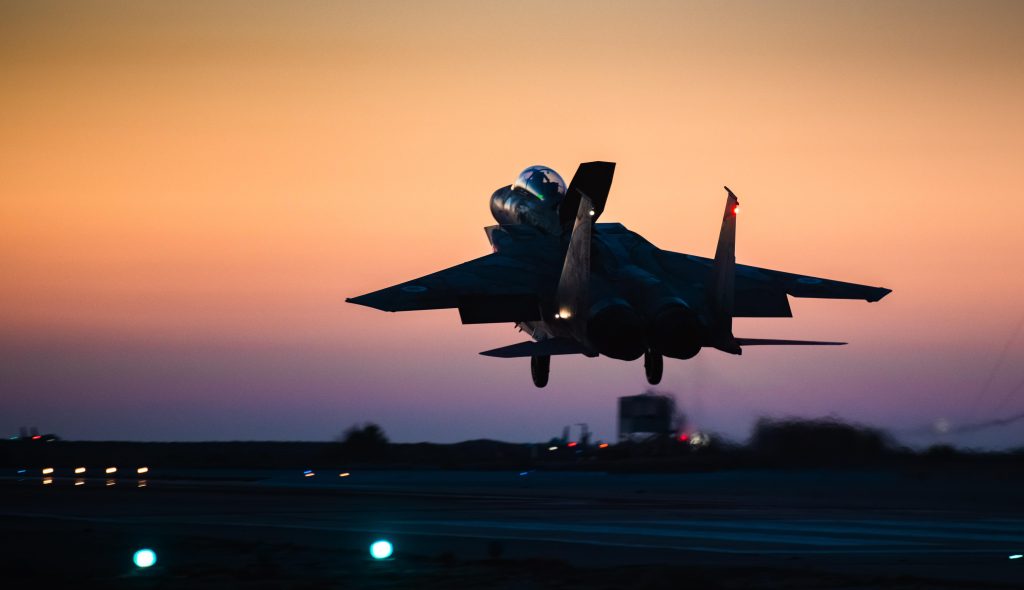What’s happened: The Israeli Air Force (IAF) struck a Hezbollah storage facility containing precision guided missiles on Sunday.
- The warehouse was in the Dahiya neighbourhood, the key Hezbollah stronghold in Beirut.
- Prior to the strike, evacuation warnings were sent to the surrounding area, and the IDF also first dropped light munitions on the targeted building, the ‘knocks on the roof” signifying its imminent destruction.
- The IDF stated that according to the provisions of the November 2024 ceasefire, the storage of missiles at the site “constitutes a blatant violation of the understandings between Israel and Lebanon, and poses a threat to the State of Israel and its civilians.”
- Following the strike a large fire broke out, caused by secondary explosions, demonstrating the building held highly explosive material.
- Prime Minister Netanyahu and Defence Minister Katz issued a joint statement noting, “Israel will not allow Hezbollah to strengthen and create any threat to it – anywhere in Lebanon. The Dahiya quarter in Beirut will not serve as a sanctuary for the Hezbollah terrorist organisation. The Government of Lebanon bears direct responsibility for preventing such threats. Israel will insist on its war objective of returning the residents of the north safely to their homes.”
- In response to the strike Lebanese President Aoun condemned the Israeli attack, “The US and France, as guarantors of the cessation of hostilities, must take their responsibility and oblige Israel to immediately cease its attacks. Israel’s continued destabilisation will exacerbate tensions and expose the region to real threats to its security and stability.”
Context: Israel continues to insist on freedom to act against perceived threats by Hezbollah in Lebanon.
- According to analysis by the Alma research centre, in the six months since the ceasefire in the north, the IAF have carried out over 300 airstrikes.
- 46 per cent occurred in the area south of the Litani River, where “Hezbollah continues to engage in significant activity, including reconstruction efforts, reorganisation, strengthening its capabilities, and renewing operation readiness against Israel” and where according to the ceasefire agreement, Hezbollah is not supposed to be present.
- Approximately 53 per cent of the strikes were both north of Litani and in the Beqaa Valley area, to prevent weapons smuggling from Syria.
- Fewer than 1 per cent have targeted Beirut, making yesterday’s strike rare.
- It is understood that prior to the Beirut strike Israel updated the US on its intentions.










